Online course detail
Curriculum
- Introduction to Asymptotic Analysis and Big O Notation
- Order complexity analysis
- Theoretical complexity analysis
- Time complexity analysis of searching and sorting
- Theoretical space complexity
- Space complexity analysis of recursive algorithms
Case study 1: Big (O) of Nested Loop with Addition
Case study 2: Big (O) of Nested Loop with Subtraction
Case study 3: Big (O) of Nested Loop with Multiplication
Case study 4: Nested Loop with Multiplication (Basic)
Case study 5: Nested Loop with Multiplication (Intermediate)
Case study 6: Nested Loop with Multiplication (Advanced)
Case study 7: Nested Loop with Multiplication (Pro)
- Introduction to Arrays
- How arrays are stored in memory?
- Passing arrays to functions
- Multidimensional arrays
- Two Pointers
- Find Maximum in Sliding Window
- Search a Rotated Array
- Find the Smallest Common Number
- Rotate an Array by N Elements
- Find Low/High Index of a Key in a Sorted Array
- Move All Zeros to the Beginning of the Array
- Stock Buy Sell to Maximize Profit
- Merge an Array With Overlapping Intervals
- Find Pair With Given Sum in an Array
- Sort an Array Using Quicksort Algorithm
- Cyclic Sort (easy)
- Find the Missing Number (easy)
- Maximum Sum Subarray of Size K (easy)
- Smallest Subarray With a Greater Sum (easy)
- Squaring a Sorted Array (easy)
- Subsets With Duplicates (easy)
- Bitonic Array Maximum (easy)
- Permutations (medium)
- Triplet Sum to Zero (medium)
- Triplet Sum Close to Target (medium)
- Triplets with Smaller Sum (medium)
- Subarrays with Product Less than a Target (medium)
- Dutch National Flag Problem (medium)
- Merge Intervals (medium)
- Insert Interval (medium)
- Intervals Intersection (medium)
- Conflicting Appointments (medium)
- Ceiling of a Number (medium)
- Next Letter (medium)
- Number Range (medium)
- Search in a Sorted Infinite Array (medium)
- Minimum Difference Element (medium)
- Solve N-Queens Problem
- Find K-Sum Subsets
- Introduction to strings
- How strings are stored in memory?
- Reverse Words in a Sentence
- Remove Duplicates from a String
- Remove White Spaces from a String
- Word Break Problem
- XML to Tree
- Find all Palindrome Substrings
- Regular Expression Matching in String
- Longest Palindromic Subsequence
- Longest Palindromic Substring
- Count of Palindromic Substrings
- Minimum Deletions in a String to make it a Palindrome
- Longest Common Substring
- Longest Common Subsequence
- Minimum Deletions & Insertions to Transform a String into another
- Fruits into Baskets (medium)
- Longest Substring with maximum K Distinct Characters (medium)
- String Permutations by changing case (medium)
- Balanced Parentheses (hard)
- Unique Generalized Abbreviations (hard)
- Longest Substring with Distinct Characters (hard)
- Longest Substring with Same Letters after Replacement (hard)
- Boggle
- Generate all Combinations of Balanced Parentheses
- Singly Linked Lists (SLL)
- Basic Linked List Operations
- Circular Linked List
- Doubly Linked List (DLL)
- Reverse a Singly Linked List
- Remove Duplicates from a Linked List
- Delete All Occurrences of a Given Key in a Linked List
- Sort Linked List Using Insertion Sort
- LinkedList Cycle (easy)
- Start of LinkedList Cycle (medium)
- Happy Number (medium)
- Middle of the LinkedList (easy)
- Intersection Point of Two Lists
- Find n'th Node from the End of a Linked List
- Swap Nth Node with Head
- Merge Two Sorted Linked Lists
- Sort a Linked List Using Merge Sort
- Reverse Even Nodes in a Linked List
- Rotate a Linked ListReverse Alternate K Nodes in a Singly Linked List
- Add Two Integers Represented by Linked Lists
- Copy Linked List with Arbitrary Pointer
- Reverse a Sub-list (medium)
- Reverse every K-element Sub-list (medium)
- Merge K Sorted Lists (medium)
- Kth Smallest Number in M Sorted Lists (Medium)
- Stack (Implementation)
- Queue (Implementation)
- Reversing First k Elements of Queue
- Implement Stack Using Queues
- Implement Queue Using Stacks
- Evaluate Arithmetic Expressions
- Merge Intervals
- Longest Valid Parentheses
- Largest rectangle in histogram
- Minimum remove to make a valid parentheses
- Remove duplicate letters
- Remove k digits
- Add two numbers
- Decode string
- Linear Search
- Binary Search
- Hash table
- Interpolation Search
- Bubble sort
- Insertion sort
- Heap sort
- Selection sort
- Merge Sort
- Quick sort
- Shell/Radix sort
Searching
Sorting
- An Introduction to Trees and Basic Tree Properties!
- What is a Binary Tree?
- Binary Search Trees
- N-ary Trees
- Segment Trees (Segment Interval)
- Spanning Tree
- AVL Trees
- Check if Two Binary Trees are Identical
- Write an In-Order Iterator for a Binary Tree
- Iterative In-order Traversal of Binary Tree
- In-order Successor of Binary Search Tree
- In-order Successor Binary Search Tree With Parent Pointers
- Level Order Traversal of Binary Tree
- Reverse Level Order Traversal (easy)
- Level Averages in a Binary Tree (easy)
- Level Order Successor (easy)
- Zigzag Traversal (medium)
- Connect Level Order Siblings (medium)
- Is a Binary Search Tree Valid?
- Convert Binary Tree to Doubly Linked List
- Print Tree Perimeter
- Connect All Siblings of a Binary Tree
- Serialize/Deserialize Binary Tree
- Nth Highest Number in Binary Search Tree
- Mirror Binary Tree Nodes
- Delete Zero Sum Sub-Trees
- Convert N-ary Tree to Binary Tree
- Minimum Depth of a Binary Tree (easy)
- All Paths for a Sum (medium)
- Sum of Path Numbers (medium)
- Path With Given Sequence (medium)
- Count Paths for a Sum (medium)
- Find the Median of a Number Stream (medium)
- Sliding Window Median (hard)
- Maximize Capital (hard)
- Introduction to Priority Queues
- Ways to implement priority queues
- Introduction to heaps
- Min-max Heaps
- Heapify
- Insert and Delete operations in heaps
- Implementing priority queues
- Heap sort
- Inbuilt Priority Queue
- What is a Trie?
- Structure of a Trie
- Total Number of Words in a Trie
- Find All Words Stored in Trie
- List Sort Using Tries
- Word Formation from a Vector Using Trie
- Huffman Coding
- What is a Graph?
- Types of Graphs
- Representation of Graphs
- Directed Acyclic Graphs (DAG)
- Depth First Search (DFS)
- Breadth First Search (BFS)
- Djikstra's Algorithm
- Floyd-Warshall Algorithm
- Bellman Ford Algorithm
- Ford Fulkerson algorithm
- Detect Cycle in Graph
- Find a "Mother Vertex" in a Graph
- Count the number of Edges in an Undirected Graph
- Check if a Path Exists Between Two Vertices
- Check if an Undirected Graph is Tree or not
- Find the Shortest Path between Two Vertices
- Clone a Directed Graph
- Minimum Spanning Tree
- Word Chaining
- Topological Sort (medium)
- Tasks Scheduling (medium)
- Tasks Scheduling Order (medium)
- All Tasks Scheduling Orders (hard)
- Alien Dictionary (hard)
- What is Recursion?
- Direct vs. Indirect Recursion
- Advantages and Disadvantages
- Find the greatest common divisor
- Check for Prime Number
- Let's find the total number of vowels
- Is this String a Palindrome?
- Sort an Array
- Shuffle Integers
- Closest Pair of Points
- Collect Coins in Minimum Steps
- Merge a Number of Sorted Arrays
- Introduction to Dynamic Programming
- Memoization
- Fibonacci Numbers
- Largest Sum Subarray
- MaxSum Subsequence - Nonadjacent Elements
- Find Combinations for Game Scoring
- Coin Change
- Minimum Coin Change
- Levenshtein Distance
- Equal Subset Sum Partition (medium)
- Subset Sum (medium)
- Minimum Subset Sum Difference (hard)
- Longest Subarray with Ones after Replacement (hard)
- Rod Cutting
- Strings Interleaving
- Staircase
- Unbounded Knapsack
- Maximum Ribbon Cut
- House thief
- Minimum Deletions to Make a Sequence Sorted
- Palindromic Partitioning
- Longest Bitonic Subsequence
- Minimum jumps to reach the end
- Minimum jumps with fee
- Number factors
- Equal Subset Sum Partition
- Minimum Subset Sum Difference
- Count of Subset Sum
- Introduction to System Design Basics
- Key Characteristics of Distributed Systems
- Load Balancing
- Caching
- Data Partitioning
- Indexes
- Proxies
- Redundancy and Replication
- SQL vs. NoSQL
- Consistent Hashing
- Long-Polling vs WebSockets vs Server-Sent Events
- Introduction to System Design Patterns
- Bloom Filters
- Consistent Hashing
- Quorum
- Leader and Follower
- Write-ahead Log
- Segmented Log
- High-Water Mark
- Lease
- Heartbeat
- Gossip Protocol
- Phi Accrual Failure Detection
- Split Brain
- Fencing
- Checksum
- Vector Clocks
- CAP Theorem
- PACELC Theorem
- Hinted Handoff
- Read Repair
- Merkle Trees
- Designing a URL Shortening service like TinyURL
- Designing Instagram
- Designing Dropbox
- Designing Facebook Messenger
- Designing Twitter
- Designing Youtube or Netflix
- Designing Typeahead Suggestion
- Designing an API Rate Limiter
- Designing Twitter Search
- Designing a Web Crawler
- Designing Facebook’s Newsfeed
- Designing Uber backend
- Recognizing Behavioral Interview Questions
- Prior Experience Questions
- Parsing Prior Experience Questions
- Sample Prior Experience Questions
- Hypotheticals
- Answering Hypothetical Questions
- Values-Based Questions
- Asking Questions
- Good Questions to Ask
Course Description
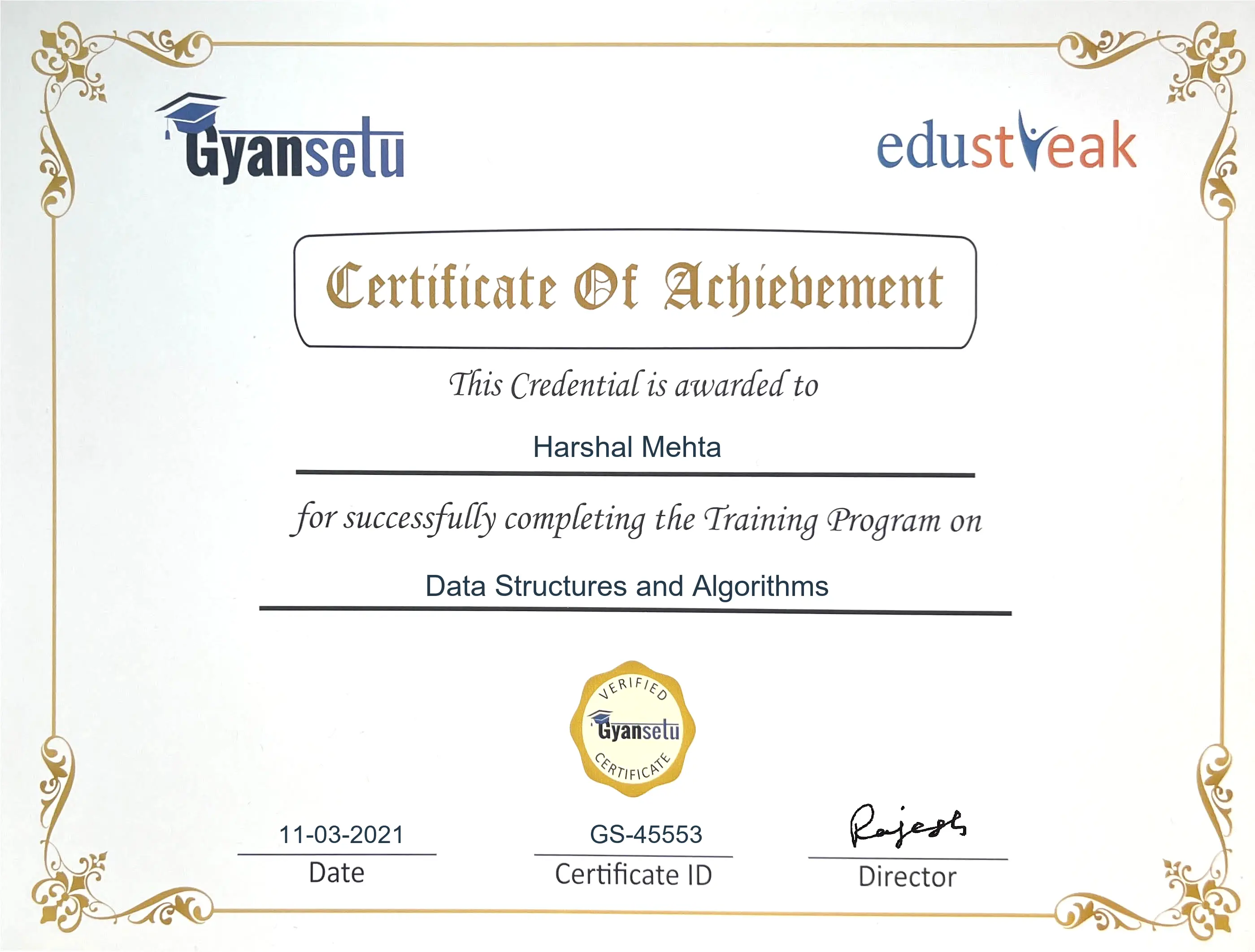
Reviews
Placement
Enroll Now
Structure your learning and get a certificate to prove it.
Projects
Data Structures and Algorithms Certification Program Features
Frequently Asked Questions
- What type of technical questions are asked in interviews?
- What are their expectations?
- How should you prepare?
We have seen getting a relevant interview call is not a big challenge in your case. Our placement team consistently works on industry collaboration and associations which help our students to find their dream job right after the completion of training. We help you prepare your CV by adding relevant projects and skills once 80% of the course is completed. Our placement team will update your profile on Job Portals, this increases relevant interview calls by 5x.
Interview selection depends on your knowledge and learning. As per the past trend, the initial 5 interviews is a learning experience of
Our faculty team will constantly support you during interviews. Usually, students get job after appearing in 6-7 interviews.
- What type of technical questions are asked in interviews?
- What are their expectations?
- How should you prepare?
We have seen getting a technical interview call is a challenge at times. Most of the time you receive sales job calls/ backend job calls/ BPO job calls. No Worries!! Our Placement team will prepare your CV in such a way that you will have a good number of technical interview calls. We will provide you interview preparation sessions and make you job-ready. Our placement team consistently works on industry collaboration and associations which help our students to find their dream job right after the completion of training. Our placement team will update your profile on Job Portals, this increases relevant interview call by 3x
Interview selection depends on your knowledge and learning. As per the past trend, the initial 8 interviews is a learning experience of
Our faculty team will constantly support you during interviews. Usually, students get job after appearing in 6-7 interviews.
- What type of technical questions are asked in interviews?
- What are their expectations?
- How should you prepare?
We have seen getting a technical interview call is hardly possible. Gyansetu provides internship opportunities to non-working students so they have some industry exposure before they appear in interviews. Internship experience adds a lot of value to your CV and our placement team will prepare your CV in such a way that you will have a good number of interview calls. We will provide you interview preparation sessions and make your job-ready. Our placement team consistently works on industry collaboration and associations which help our students to find their dream job right after the completion of training and we will update your profile on Job Portals, this increases relevant interview call by 3x
Interview selection depends on your knowledge and learning. As per the past trend, initial 8 interviews is a learning experience of
Our faculty team will constantly support you during interviews. Usually, students get job after appearing in 6-7 interviews.
Yes, a one-to-one faculty discussion and demo session will be provided before admission. We understand the importance of trust between you and the trainer. We will be happy if you clear all your queries before you start classes with us.
We understand the importance of every session. Sessions recording will be shared with you during Data Structures and Algorithms Training and in case of any query, faculty will give you extra time to answer your queries.
Yes, we understand that self-learning is most crucial and for the same we provide students with PPTs, PDFs, class recordings, lab sessions, etc, so that a student can get a good handle of these topics.
We provide an option to retake the Data Structures and Algorithms course within 3 months from the completion of your training, so that you get more time to learn the concepts and do the best in your interviews.
We believe in the concept that having less students is the best way to pay attention to each student individually and for the same our batch size varies 5-7 students.
Yes, we have batches available on weekends. We understand many students are in jobs and it's difficult to take time for training on weekdays. Batch timings need to be checked with our counsellors.
Yes, we have batches available on weekdays but in limited time slots. Since most of our trainers are working, so either the batches are available in morning hours or in the evening hours. You need to contact our counsellors to know more on this.
Total duration of the Data Structures and Algorithms Training course is 120 hours (60 Hours of live-instructor-led training and 60 hours of self-paced learning).
You don’t need to pay anyone for software installation, our faculties will provide you all the required softwares and will assist you in the complete installation process.
Our faculties will help you in resolving your queries during and after the course.
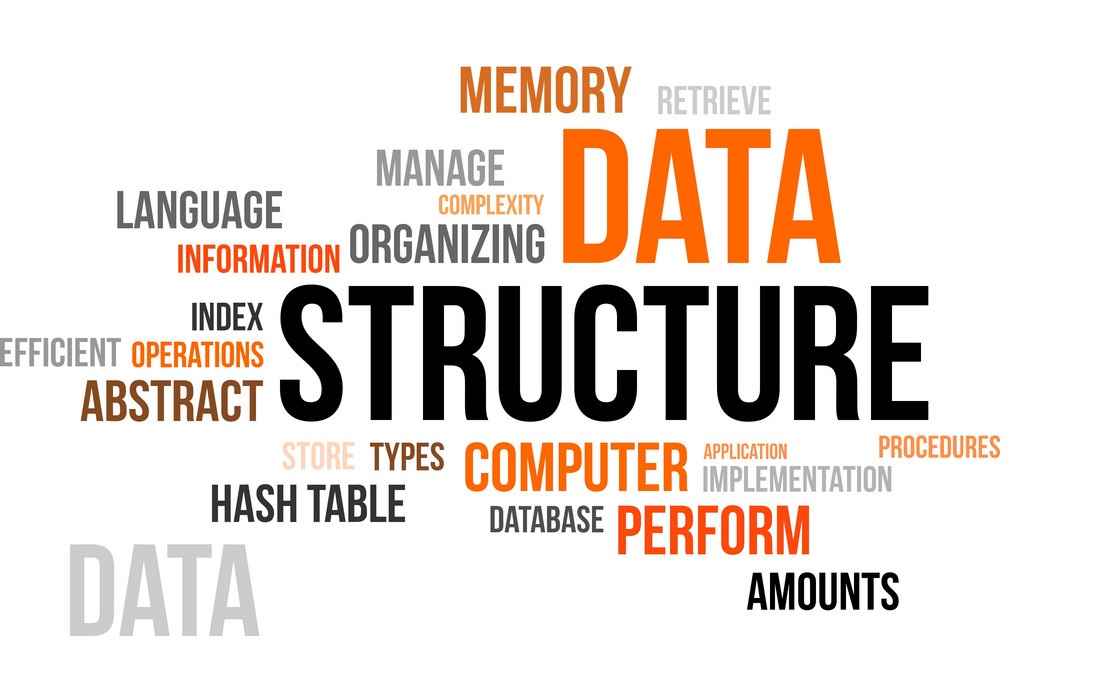
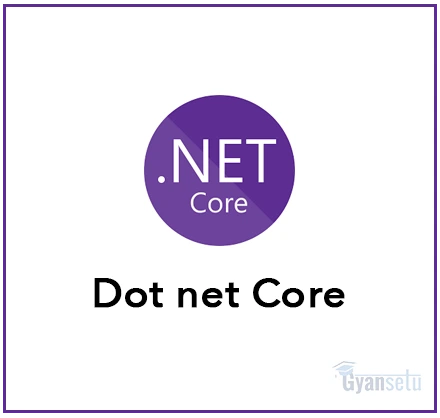
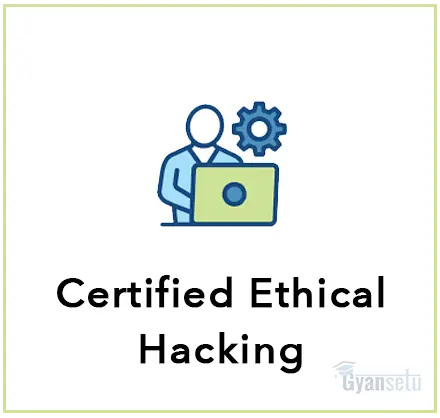
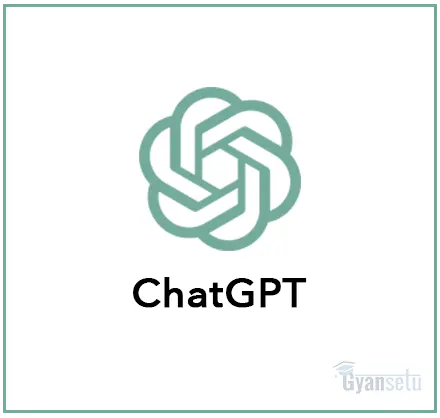
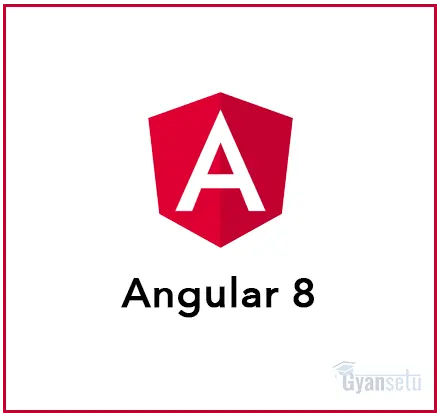
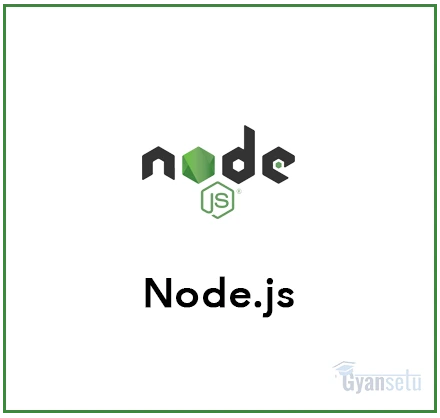
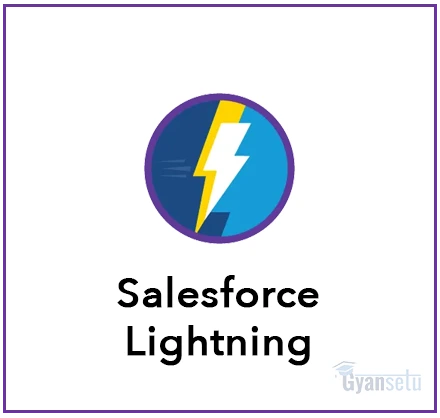

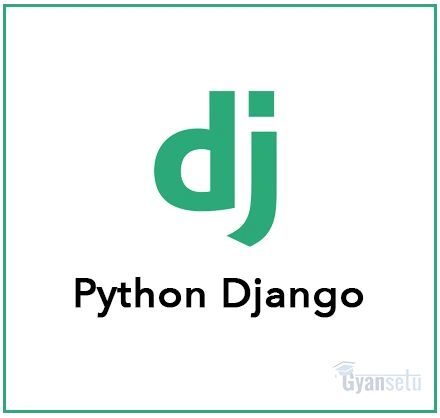
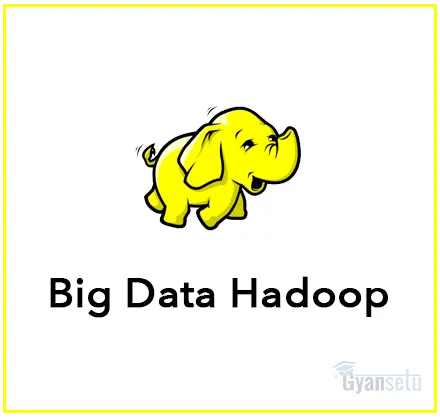
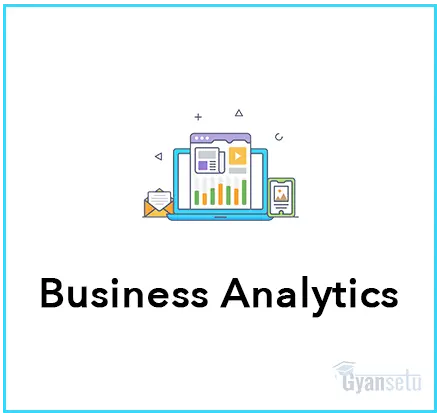
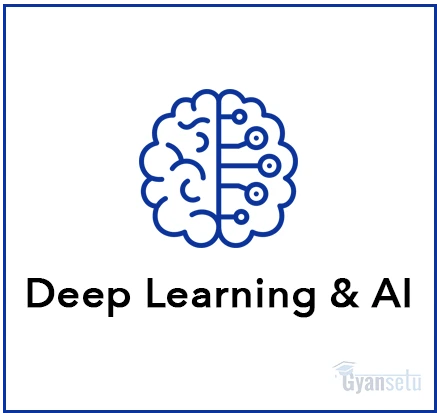
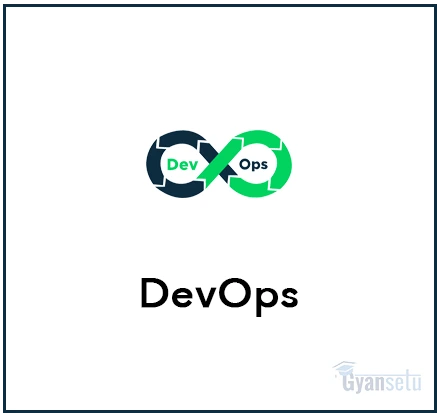
.webp)